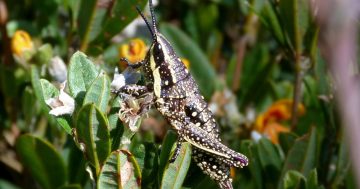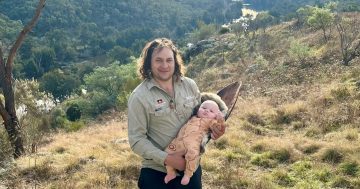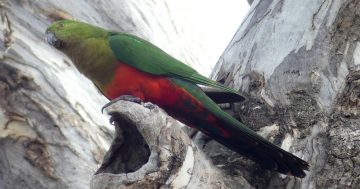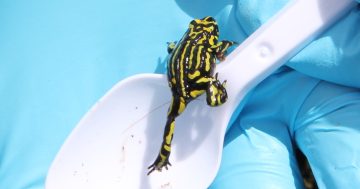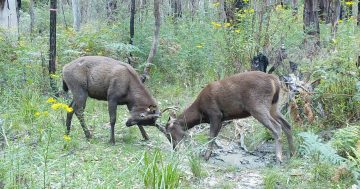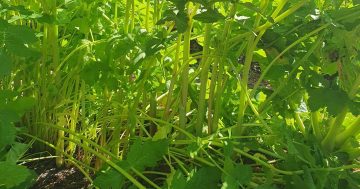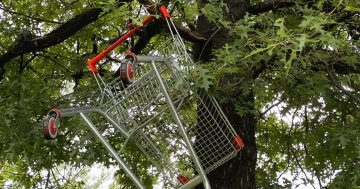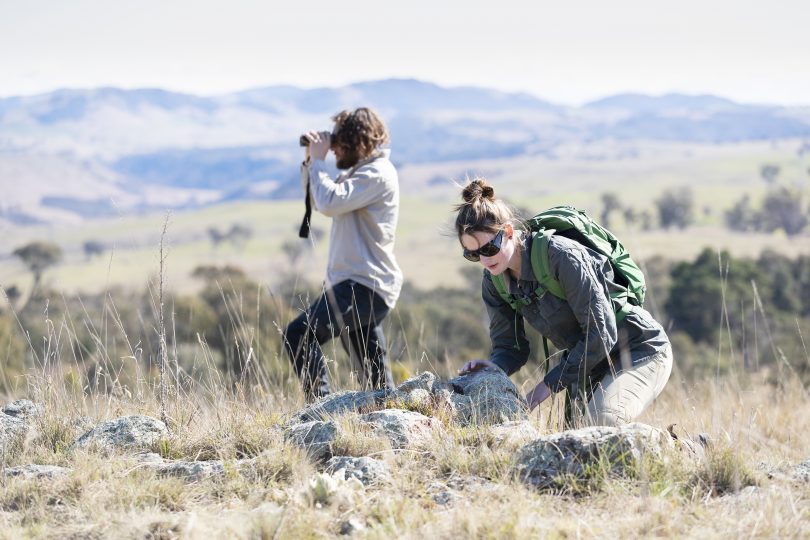
Who are the creatures in our neighbourhood? Photo: Ginninderry.
As Australia’s bush Capital, Canberra is teeming with wildlife. Surrounded by hills, wetlands and grassland reserves, we are in a privileged position to be able to spot all kinds of unique birdlife, lizards and marsupials. But how much do you know about the creatures who live alongside us?
Blessed with a job that allows her to regularly experience close encounters with the local wildlife, Ginninderry’s rehabilitation and reporting officer Rachel Eland, shares her tips and insights on ten of the creatures that you might be able to see in parklands and reserves in and around our city.
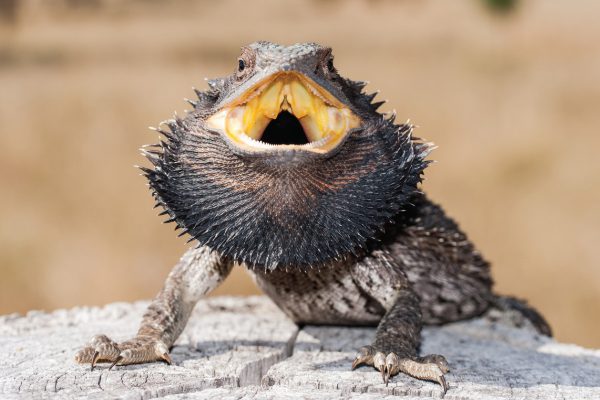
Australian Eastern Bearded Dragon Lizard. Photo: Ginninderry.
Eastern Bearded Dragon
The Eastern Bearded Dragons are widespread across NSW and ACT and are most active around the warmer months from September to March. They are usually found around woodlands and dry eucalyptus forests on tree branches, rocks and logs. The best place to spot one is a sunny place where they can soak up the rays. Look carefully, though, because they are very good at camouflage.
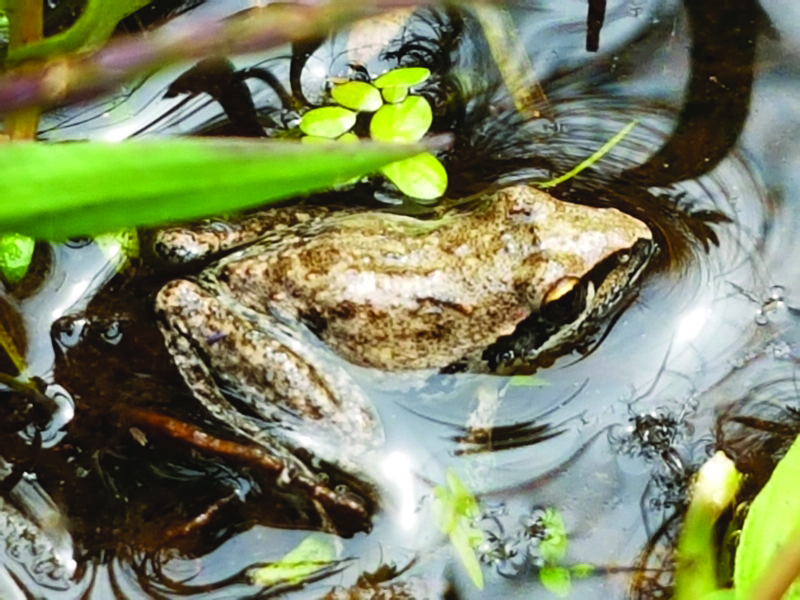
Broad Palmed Frog. Photo: Trevor Preston.
Broad Palmed Frog
The Broad Palmed Frog is actually a species of tree frog that is ground-dwelling. You’ll find this critter around dams, ponds, billabongs, rivers and even semi-permanent pools where they have good protective vegetation surrounding them.
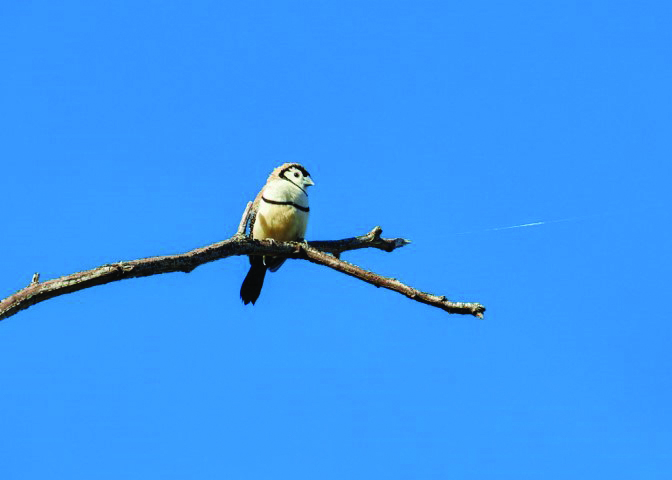
Double Barred Finch. Photo: Jason Stainthorpe.
Double Barred Finch
The best place to spot a Double Barred Finch is in the grassy woodlands around Canberra. This is usually where they breed. On the odd occasion they will migrate to the suburbs in the cooler months.
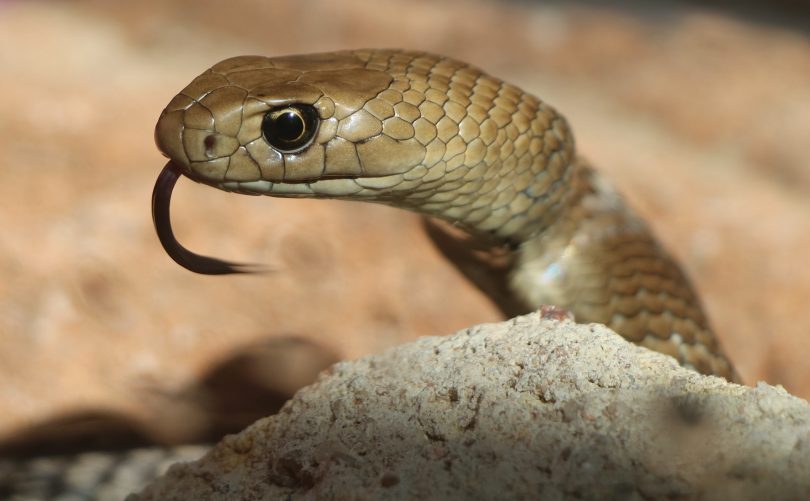
Eastern Brown Snake. Photo: Gavin Smith.
Eastern Brown Snake
Eastern Browns are most commonly found in open landscapes such as grasslands and woodlands. During the winter when they become inactive, they will shelter in logs, cracks in rocks and animal burrows until warmer days return. Wearing long pants, closed in shoes and thick socks significantly reduces the risk of being envenomated. If you do have a close encounter, the most important thing is to stay calm, stand still and try to move away slowly. Remember it’s probably more scared of you than you are of it.
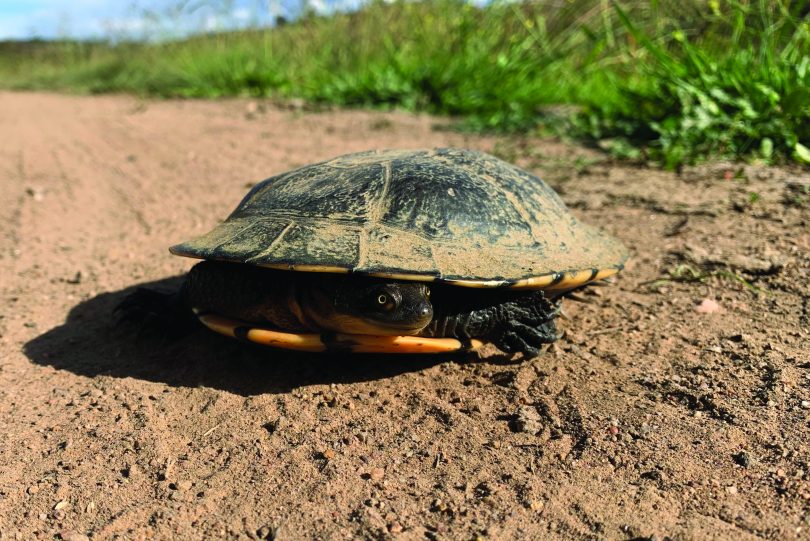
Eastern Long Neck turtle. Photo: Ginninderry.
Eastern Long Neck Turtle
Eastern Long-Neck Turtles are very common around the Canberra region and if you stop to look in a slow-moving body of water like a dam, pond, lake or river you will hopefully see one. These turtles hibernate in the winter. Summer rains are the trigger for the turtles to get active and find food, so keep an eye out during the day from October to April.
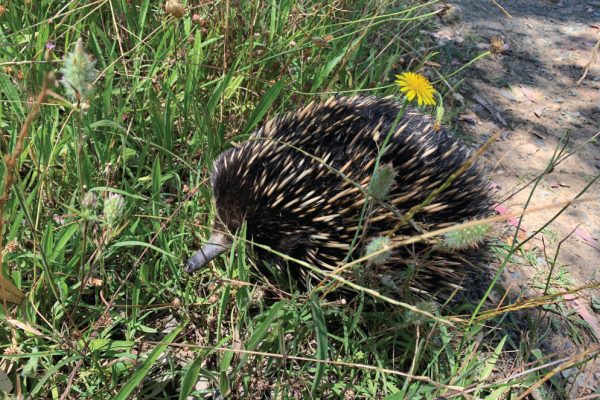
Short-Beaked Echidna. Photo: Ginninderry.
Short-Beaked Echidna
The echidna is one of Australia’s most widespread native mammals and can be found across most habitats including urban areas, open grassland, snowy mountains and the desert. A good time to find Echidnas is during breeding season from June to September during daylight hours.
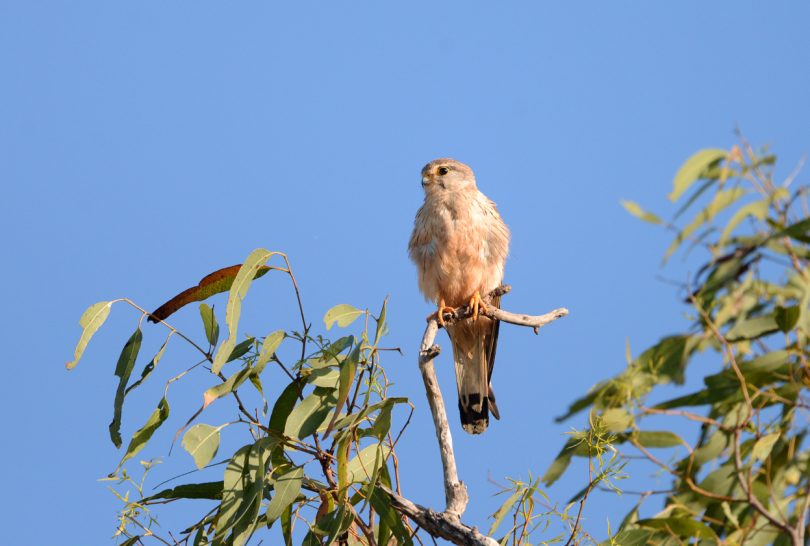
A Nankeen Kestrel sitting high up on top of a tree. Photo: File.
Nankeen Kestrel
The Ginninderry Corridor is home to many Nankeen Kestrels. These critters are widespread across Australia but you will most likely see them in open country such as grasslands and farmlands. You can see them most times of the year during daylight hours. Many will be in pairs as they are mostly monogamous birds.
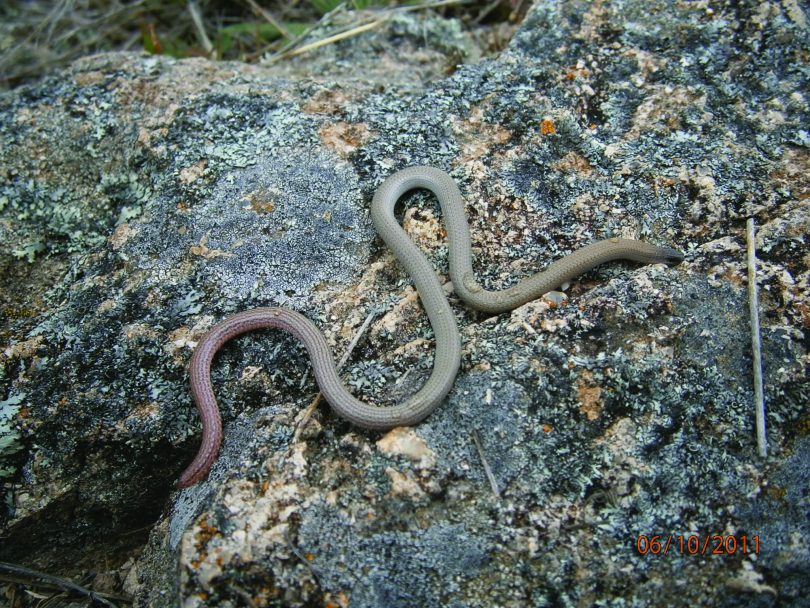
Pink Tailed Worm Lizard. Photo: Rob Speirs.
Pink Tailed Worm Lizard
“Pinkies” are elusive little critters and you are unlikely to spot one unless you go looking. These legless lizards are quite selective about their habitat and they choose to live under loose or partially-embedded rocks in sloping rocky open grasslands with predominantly native grasses. You might catch a glimpse of one moving through the landscape in the summer months during sunlight hours.
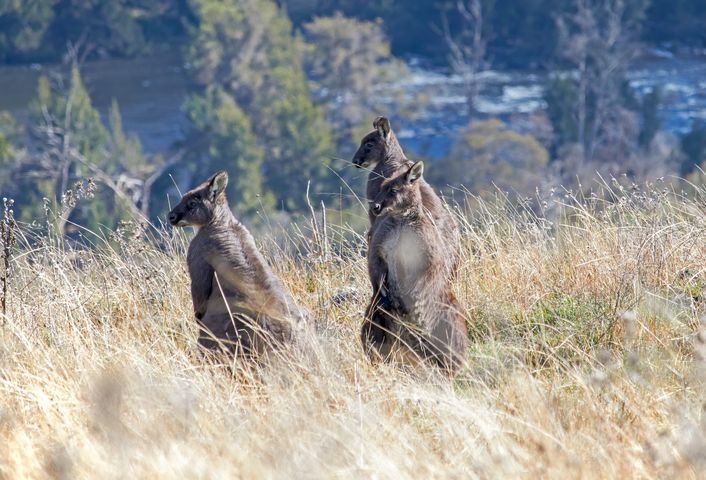
Wallaroos in the bush. Photo: Jason Stainthorpe.
Wallaroo
You are likely to spot a Wallaroo on rocky hills or around shrublands during the day and night. The Ginninderry Corridor is home to many Wallaroos. So many, in fact, they have a hill in the area named after them.
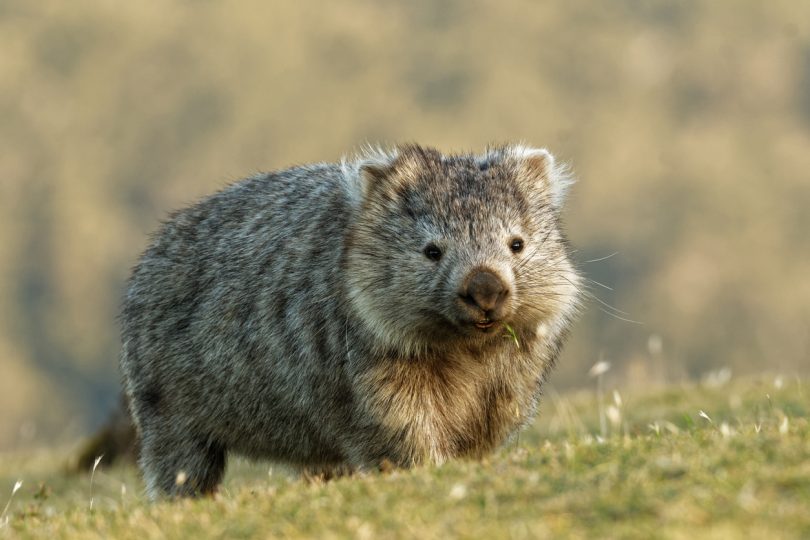
Common Wombat eating grass in the evening. Photo: File.
Common Wombat
Wombats can be found in open grasslands, woodlands and even in mountainous areas that receive snow. Most will dig their burrow along river banks or under sheltered areas such as a tree. They are nocturnal, emerging from the burrow when the sun sets and returning around sunrise. You may be lucky on a cool overcast day to see one late in the afternoon.
Original Article published by Ginninderry on Riotact.



